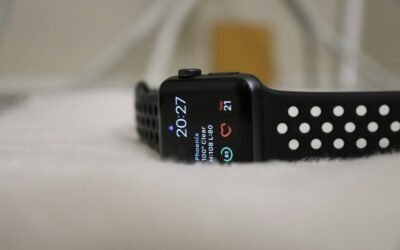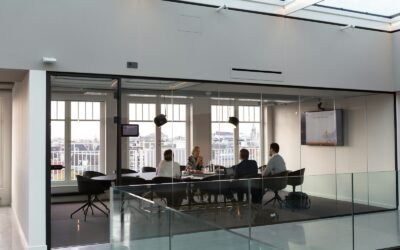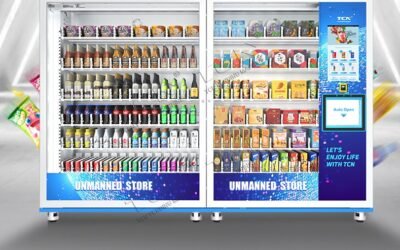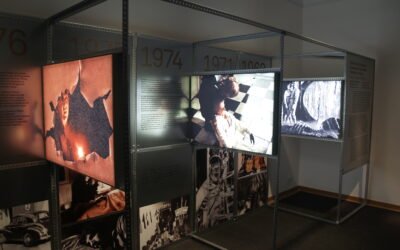An EV charging system, also known as Electric Vehicle Supply Equipment (EVSE), is the infrastructure that allows you to...
Applications
AR Interactive Learning
AR Interactive Learning, also known as Augmented Reality Interactive Learning, utilizes Augmented Reality (AR) technology to create an engaging...
Healthcare monitoring
Smart health monitoring refers to using technology to track and analyze your health data. It typically involves wearable devices...
Room Booking System
A room booking system is a digital tool or process used to manage the reservation and use of meeting...
Self-service checkout (kiosk)
A self-service checkout (SCO), also known as a self-checkout kiosk, is a system at retail stores that allows customers...
Smart lighting system
A smart lighting system is an integrated network of lighting fixtures and control mechanisms that utilize advanced technologies such...
Vending machine (Micro market)
A micro market is essentially a miniature, unmanned convenience store set up within a workplace, building lobby, or other...
Voice meeting translator
A voice meeting translator is a technology that bridges the communication gap in meetings where participants speak different languages....
VR Cinema
VR cinema, also known as cinematic VR or cine-VR, isn't actually a physical location like a traditional movie theater....
Digital shelf edge display
A digital shelf edge display is a type of digital signage that is placed near or at the edge...
Multimedia hub
A multimedia hub is a device that acts as a central connection point for various multimedia devices. It essentially...
Silent disco
Silent Disco: A Quiet Revolution in Music and Entertainment The thumping bass, flashing lights, and boisterous energy of the...











